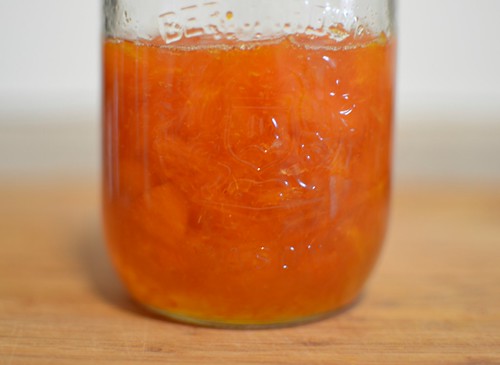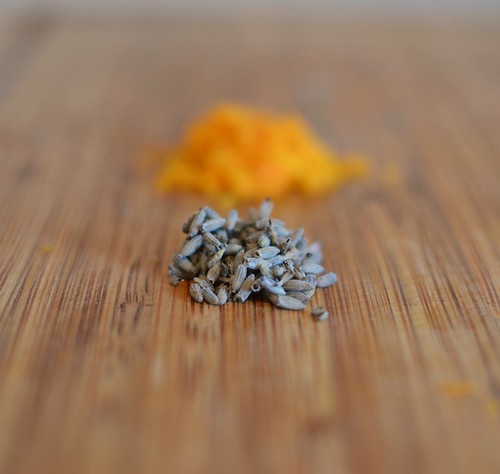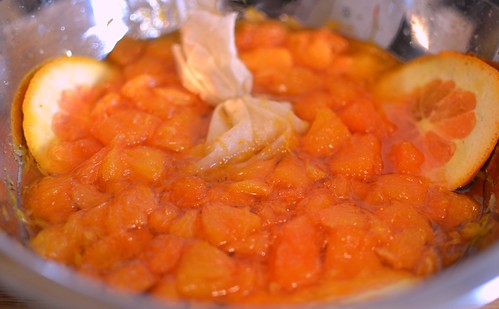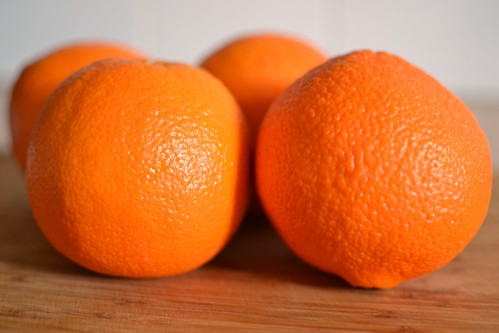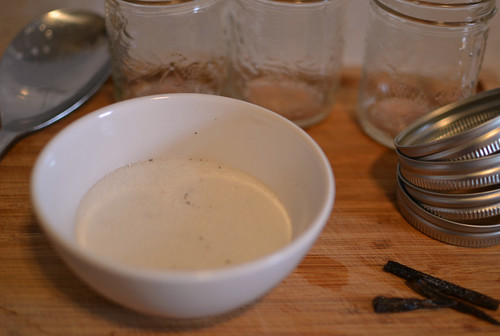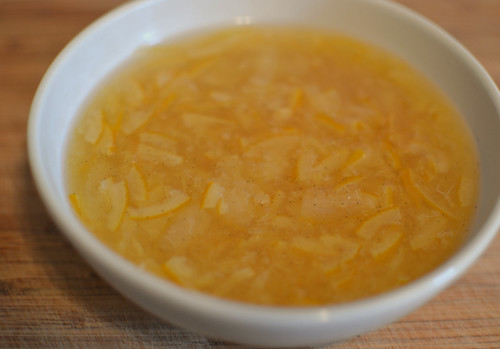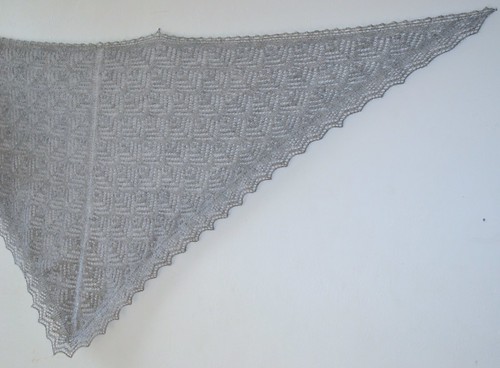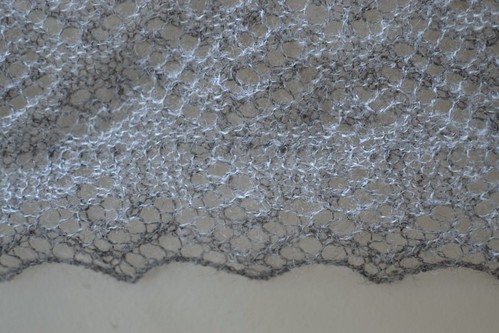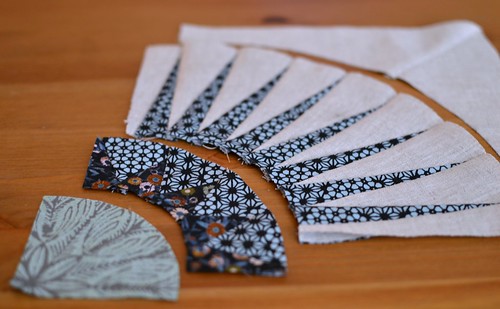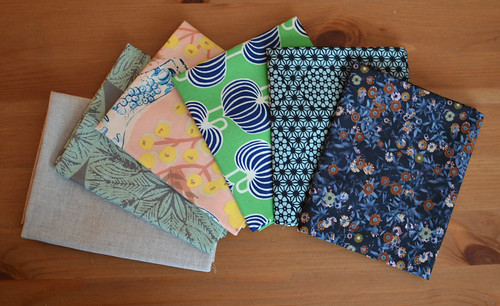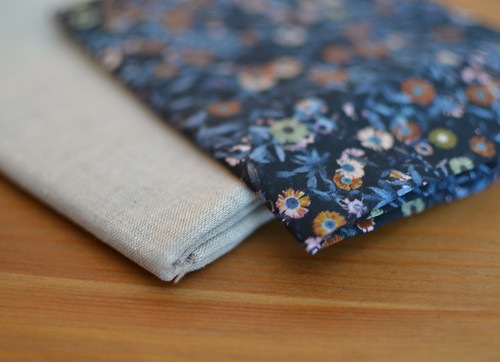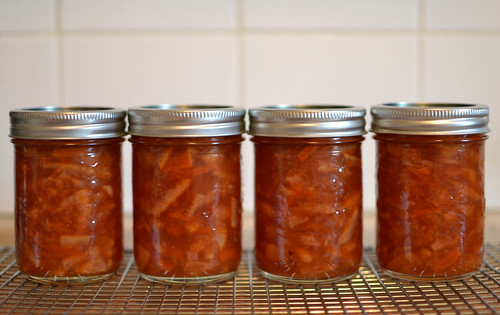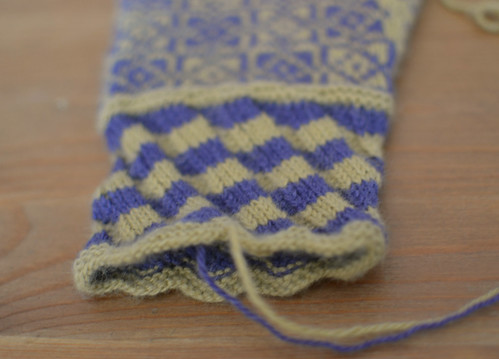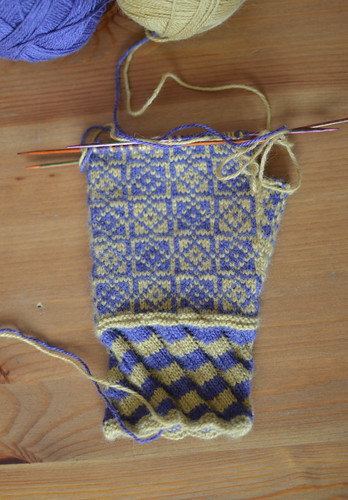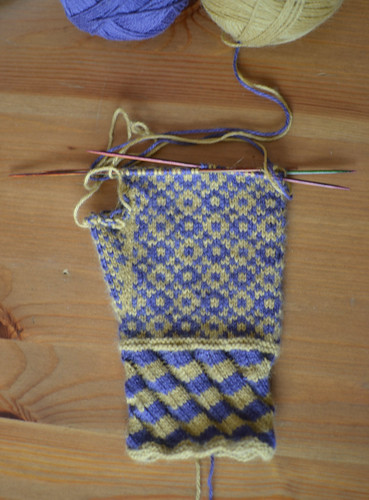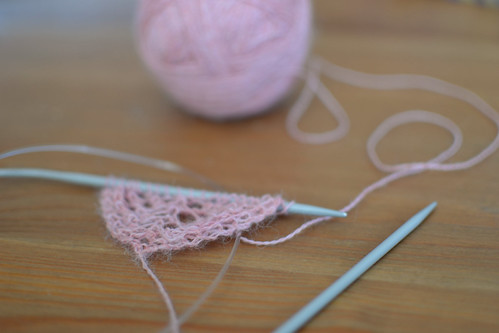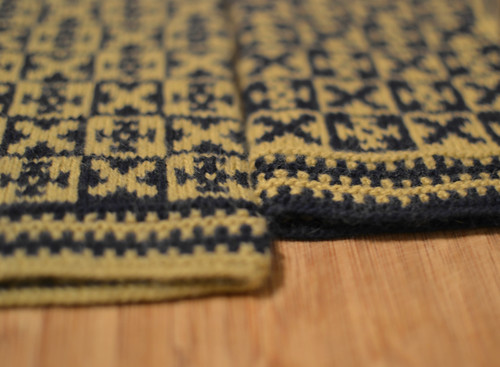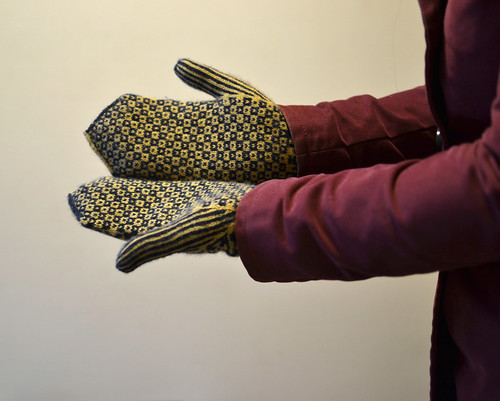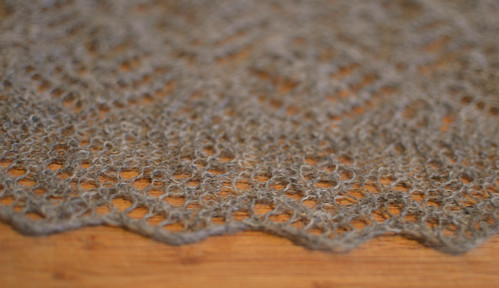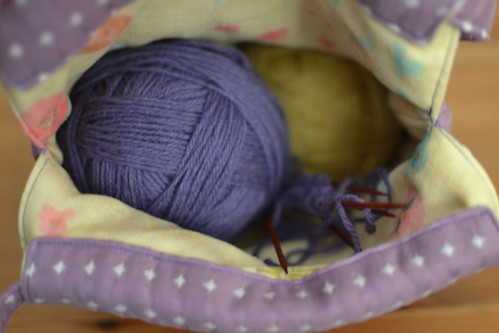
Some more liquid may have been drawn out of the fruit since last you saw it, but it doesn't undergo a dramatic transformation or anything. Fish out a piece and taste it and admire how it's gotten more tender and more intensely flavoured than it was fresh out of the orange.
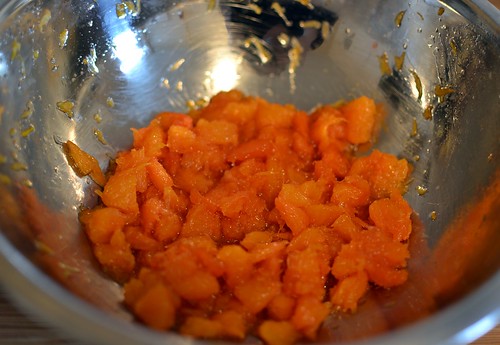
The liquid will be cooked separately from the fruit (to preserve the colour and texture and flavour of the fruit chunks), so strain out the fruit and pour the liquid into a pot. Put the big peel pieces in there, too, and the herb/spice/flower sachet if you'd like. (I thought my fruit was already sufficiently lavender-flavoured, so I left it out.) There may be little bits of flesh suspended in the liquid, but it doesn't matter because we're not making clear jelly here.

Bring the liquid to a boil and keep it there, stirring occasionally, until it's done, using one of these methods to identify its doneness.
One danger to be aware of is cooking the liquid for too long, past the gelling temperature of around 220F. If you've made candy before you may be familiar with the soft-ball stage, 235F, where a drop of sugar syrup dripped into cold water will form a ball that you can flatten between your fingers. If your jam-in-progress hits the soft-ball stage, it will be sticky and stiff and nigh unspreadable at room temperature, not really suitable for toast anymore. Keep a reasonably close eye on the boiling liquid—watch for the moment when the bubbles get slower and lazier, and start testing for doneness around then.
Once the liquid is done, remove the sachet and the peel bits. Eat these (well, not the sachet, but the peel bits) as soon as they are cool enough to touch, because they are delicious.

Add the reserved fruit pieces. Bring the mixture back to a boil and cook for five minutes. Transfer to sterilized jars and process in a boiling water bath. Or don't process them and keep them in the fridge until you eat all the jam, which may not take long.
